A Comprehensive Guide to Air Horns
The term air horns encompasses a diverse range of audible signaling devices designed to emit a loud noise through the force of air. Predominantly used in vehicles, these devices serve as an essential component for signaling and safety. This introduction delves into the various aspects of air horns, including their types, applications, features, and materials.
Types of Air Horns
Air horns come in various forms, each tailored to specific needs and vehicles. The train horn, for instance, is a powerful variant designed to mimic the sound of a locomotive, providing a robust auditory signal. On the other hand, truck horn options are engineered for the heavy-duty requirements of large vehicles. For those seeking a distinctive sound, the dukes of hazzard general lee horn offers a unique tone reminiscent of the iconic television series.
Applications and Features
The application of air horns spans across different vehicles and environments. The train horn for truck is a popular choice for commercial vehicles, ensuring their presence is noticed on busy roads. In contrast, the locomotive horn for car is favored by automotive enthusiasts seeking a commanding sound. For emergency situations, the air raid horn provides a clear and penetrating alert.
Features of these horns vary, with some models offering a single blast while others, like the horn blaster, deliver a multi-tone experience. Materials used in construction range from durable plastics to metals like zinc and iron, ensuring longevity and consistent performance.
Materials and Advantages
The choice of material in an air horn for truck or any vehicle plays a pivotal role in its durability and sound quality. Metals such as zinc and iron are commonly used for their robustness and resistance to corrosion. Plastic variants, while lighter, are crafted to withstand the elements and provide a cost-effective alternative without compromising on sound intensity.
The advantages of integrating a high-grade air horn into a vehicle include enhanced safety through better audibility and the ability to communicate effectively in noisy environments. With a range of sounds, from the deep tone of a train horns for vehicles to the recognizable melody of a dixie horn, there is an air horn suited for every application.
Conclusion
In conclusion, air horns are a vital component for many vehicles, contributing to safety and communication on the road. Whether it's a signal horn for general use or a specialized automotive train horn, these devices are designed to meet a variety of needs while adhering to the highest standards of quality and performance. When selecting an air horn, consider the vehicle type, desired sound, and material to ensure a choice that aligns with your requirements.



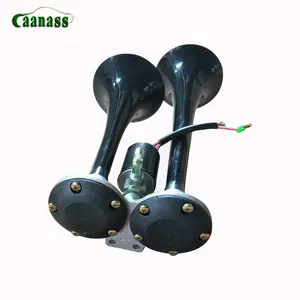



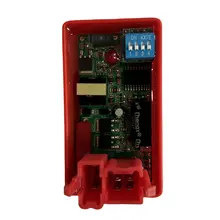


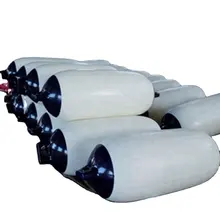


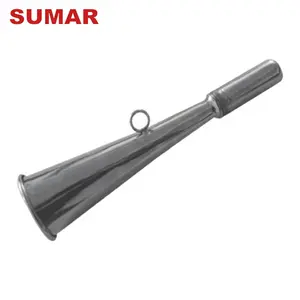
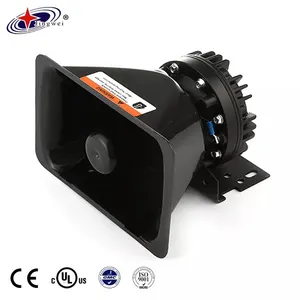
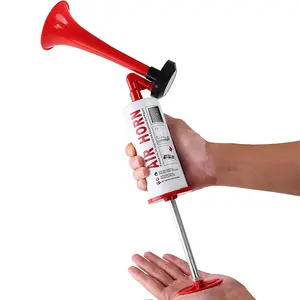

























 浙公网安备 33010002000092号
浙公网安备 33010002000092号 浙B2-20120091-4
浙B2-20120091-4